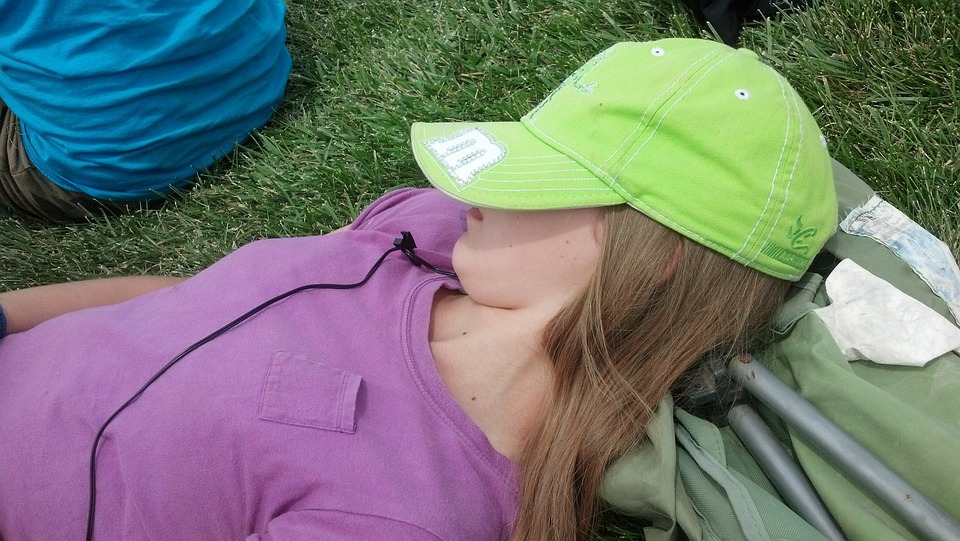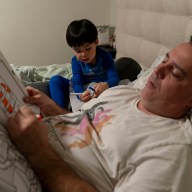The millennial generation has a sedentary lifestyle. Not really a shocking statement. Millennials, those born between 1982 and 2004, have a rep for thinking they are entitled to everything, but guys… get it together. A new study found that you’re as inactive as senior citizens. Well, half of you are.
Most people expect a few creaks and groans when they get older, but the rickety are only 19, according to a study recently published for the August 2017 volume of Preventative Medicine.
“Activity levels at the end of adolescence were alarmingly low, and by age 19, they were comparable to 60-year-olds,” the study’s senior author, Vadim Zipunnikov, said.
The study found that physical activity among children and teens is even lower than previously thought, but activity increases after age 20. The uptick is thought to be attributed to the start of full-time jobs and other life changes.
Once the 35-year mark arrives, it’s back to lazy levels of activity as age increases.
The study also found that activity levels depend upon the time of day.
“For school-age children, the primary window for activity was the afternoon between 2 and 6 p.m.,” Zippunikov, assistant professor in the Bloomberg School’s Department of Biostatistics, added. “So, the big question is how do we modify daily schedules, in schools for example, to be more conducive to increasing physical activity?”
The World Health Organization (WHO) recommends at least 60 minutes of moderate-to-vigorous physical activity a day for children ages five to 17 years. The study found that more than 25 percent of boys and 50 percent of girls ages six to 11 and more than 50 percent of male and 75 percent of female adolescents ages 12 to 19 had not met the WHO recommendation.
For their study, the researchers used data from the National Health and Nutrition Examination Survey from the 2003-2004 and 2005-2006 survey cycles. The 12,529 participants wore tracking devices for seven consecutive days, removing them for only bathing and at bedtime. The devices measured how much time participants were sedentary or engaged in light or moderate-to-vigorous physical activity. The researchers broke down findings into five age groups: children (ages six to 11); adolescents (ages 12 to 19); young adults (ages 20 to 29); adults at midlife (ages 31 to 59); and older adults (age 60 through age 84). Forty-nine percent were male, the rest were female.
“The goal of campaigns aimed at increasing physical activity has focused on increasing higher-intensity exercise,” Zipunnikov said. “Our study suggests that these efforts should consider time of day and also focus on increasing lower-intensity physical activity and reducing inactivity.”
The research was supported by the National Institutes of Health (grants 5R01HL123407-02, 5R01AG049872-02, 5R01AG050507-02). Study author Vijay R. Varma was supported by the Intramural Research Program, the National Institute of Aging.



















